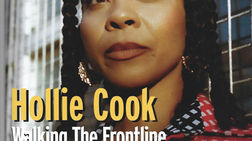The Nashville Teens - Live At The Nag's Head 1983
- John Masouri
- Mar 27, 2018
- 6 min read
Updated: Dec 21, 2020
Although I wasn't credited, I wrote the liner notes and also conducted the interview with the Nashville Teens' Ray Phillips that accompany this live album, recorded at the Nag's Head in High Wycombe during 1983. It's a classic rock set featuring the hits Tobacco Road, Rock And Roll Hootchie Koo, Mona, Jailhouse Rock and Summertime Blues, among others.


































Comments